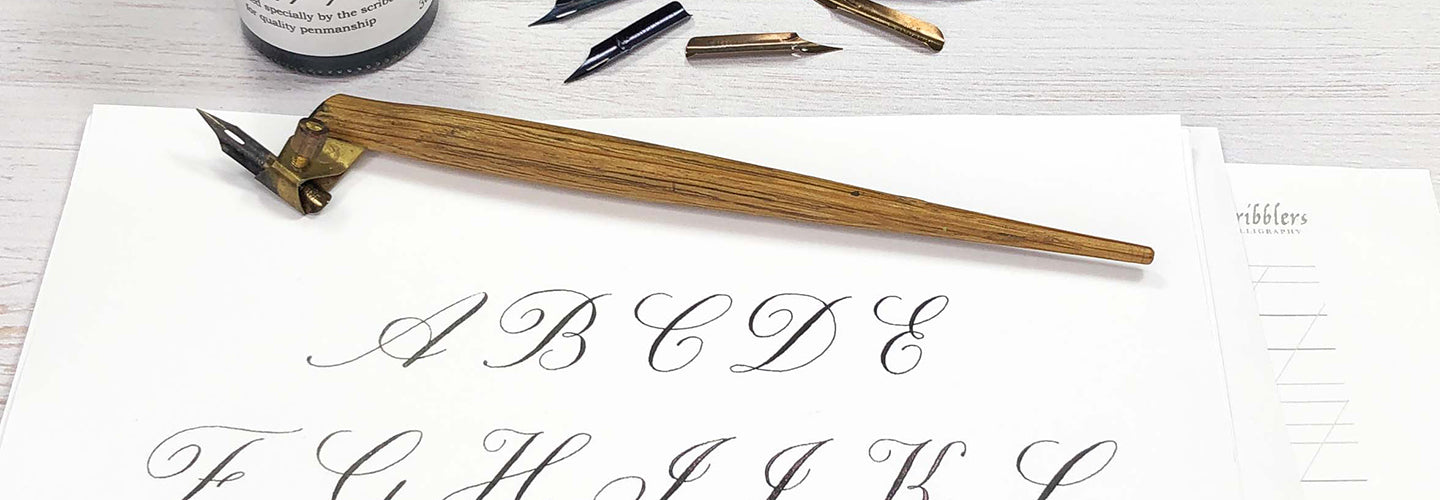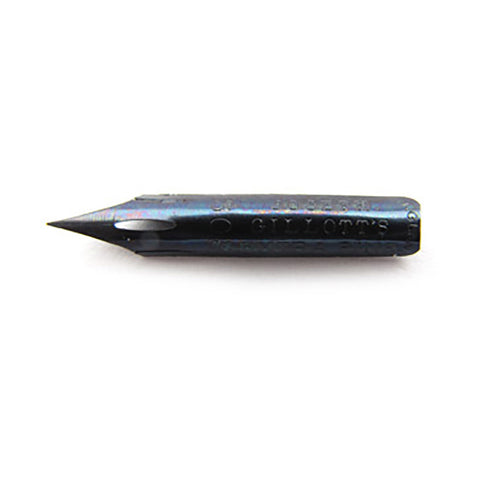
What is Copperplate Writing?
For many years the hand which we know today as ‘Copperplate’ was called ‘Roundhand’. Unfortunately that name is now sometimes used by calligraphers as an alternative for the ‘Foundational Hand’ first developed and popularised by Edward Johnston.
The style is called Copperplate as in the early days the scribe’s writing was transferred by an engraver, using a pointed tool called a burin, on to a plate made of copper. Printed sheets were then made from this plate.
It must be said that while the engraver could remove small inconsistencies or errors in the original script, the original pen work would have been extremely close to the final printed copy.
Copperplate is also the name of a style of calligraphic writing, using a sharp pointed nib instead of the flat nib used in most calligraphic writing.

Fine hairlines are produced when the pointed nib is just touching the paper and no pressure is applied to the nib. Shades (thick strokes) are produced when the scribe applies pressure to open the nib.

Start learning Copperplate now with our Copperplate Short Course. Aimed at beginners, this is a 24 page PDF file available for immediate download and use.
Visit our Copperplate Collection to discover the best tools and materials.
